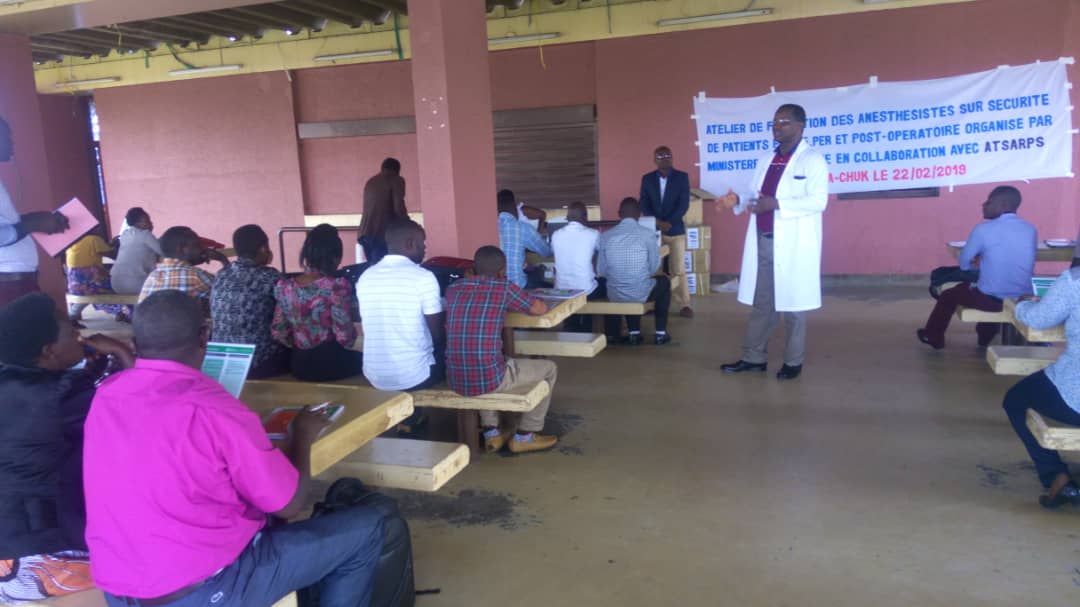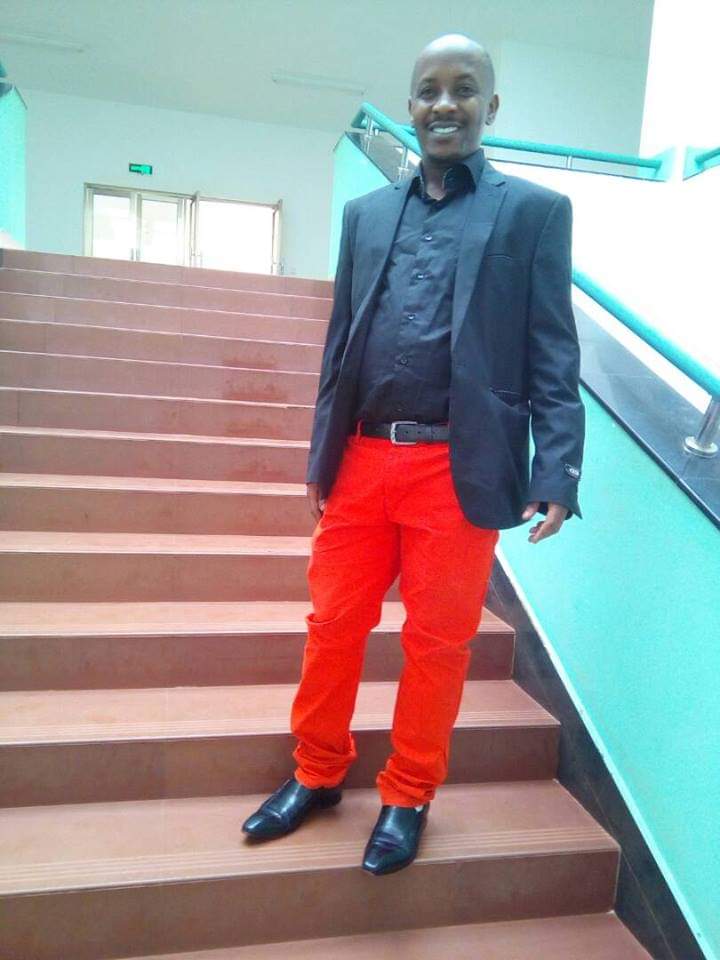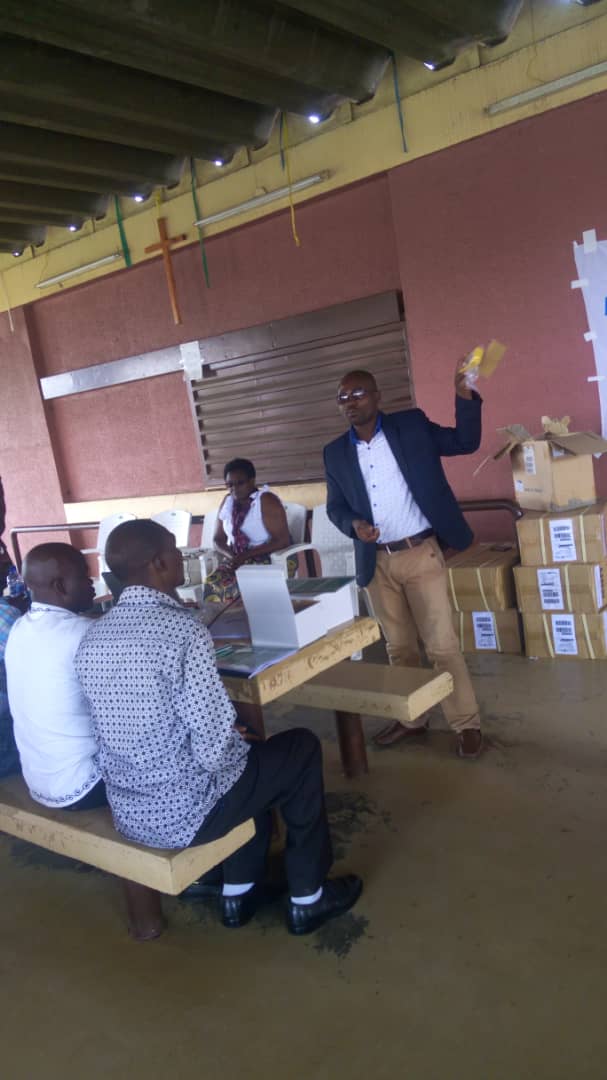
Anesthesia in Rural Burundi – an interview with Dynos Mugisha (L’anesthésie au Burundi – un entretien avec Dynos Mugisha)
EN – Tell us about the anesthesia situation in your country.
FR – Pouvez vous nous décrire la situation de l’anesthésie dans votre pays.
The situation in our country is critical. Anesthesia practices are not up-to-date and personnel are insufficient in quantity.
La situation dans notre pays est vraiment critique, l’anesthésie n’est pas actualisée, le personnel anesthésique est en quantité insuffisante.
EN – What did you think of the pulse oximetry workshop?
FR – Que pensez-vous de la formation en oximetry pulsée reçue ?
This workshop is highly beneficial because it will help us to monitor our patients well in pre and post-op. Risks from death will decrease.
Cette formation est très bénéfique car elle va nous aider à bien surveiller nos malades en per et en post opératoire. Les risques de décès vont diminuer.
EN – Can you describe a moment you have experienced in your career where a patient you know of has died or come close to death due to unsafe surgery? How could the situation have been prevented?
FR – Pouvez-vous partager l’histoire d’un(e) patient(e) décédé(e) ou qui aurait pu décéder suite à une opération chirurgicale peu sûre ?
I remember a young girl who had a skin tumor on the thorax and who died following a cardiac arrest. Although we don’t know for sure the circumstances of her death, we thought that the insufficient monitoring of her vital signs (lack of pulse oximetry) was as a key factor.
Je me souviens d’une fillette qui avait une tumeur cutanée au niveau thoracique et qui est décédée suite à un arrêt cardiaque. Les circonstances de son décès furent méconnues mais on a pensé à un mauvais monitorage des paramètres vitaux (manque d’oxymétrie de pouls).
EN – Can you describe a moment when a pulse oximeter (or your pulse oximeter) has saved a patient’s life?
FR – Pouvez-vous décrire une situation pendant laquelle un/votre oxymètre de pouls a permis de préserver la vie d’un(e) patient(e) ?
It was during a uterine curettage when we curetting a woman in the delivery room without anesthetics. Suddenly, the woman had a traumatic shock. We brought in a pulse oximeter while resuscitating her and discovered that she had bradycardia with a decreasing pulse.
C’était au cours d’un curetage utérin ou on curetait une femme dans la salle d’accouchement a vif, sans anesthésie. Brusquement la femme a fait un choc traumatique. On a amené un oxymètre de pouls en cours de réanimation et on a trouvé que la femme a fait un bradycardie, et avec un pouls filant.
EN – What does safe anesthesia and surgery mean to you?
FR – Selon vous, que veut dire une anesthésie et une chirurgie sûre ?
Safe anesthesia and surgery are when the surgical intervention is done in good conditions, this means, finalizing the WHO surgical safety checklist, prepare the patient well, preparing the anesthesia products and the resuscitation equipment and having a capable and well-prepared surgeon.
Une anesthésie et une chirurgie sûre c’est quand on fait une intervention chirurgicale dans de bonnes conditions après avoir bien fait la checklist chirurgicale de l’OMS, bien préparé le malade, bien préparé les produits anesthésiques et le matériel de réanimation et le chirurgien capable et bien appliqué.
EN – Describe what working in a hospital in your country is like.
FR – Décrivez ce que c’est que de travailler dans un hôpital de votre pays.
Working in a hospital in my country means you have to be very punctual and calm, because we work with equipment that is insufficient in quality and quantity, without appropriate monitoring. We have to work with our limited resources and without any on-going training that could keep us up-to-date with the latest developments in anesthesia.
Travailler dans un hôpital de mon pays requiert être très ponctuel et avoir du sang froid car on travail sans avoir de matériel de qualité et en quantité insuffisante, sans monitorage correct. Donc il revient de s’arranger car il n’y a même pas de mise à jour en rapport avec le métier.



